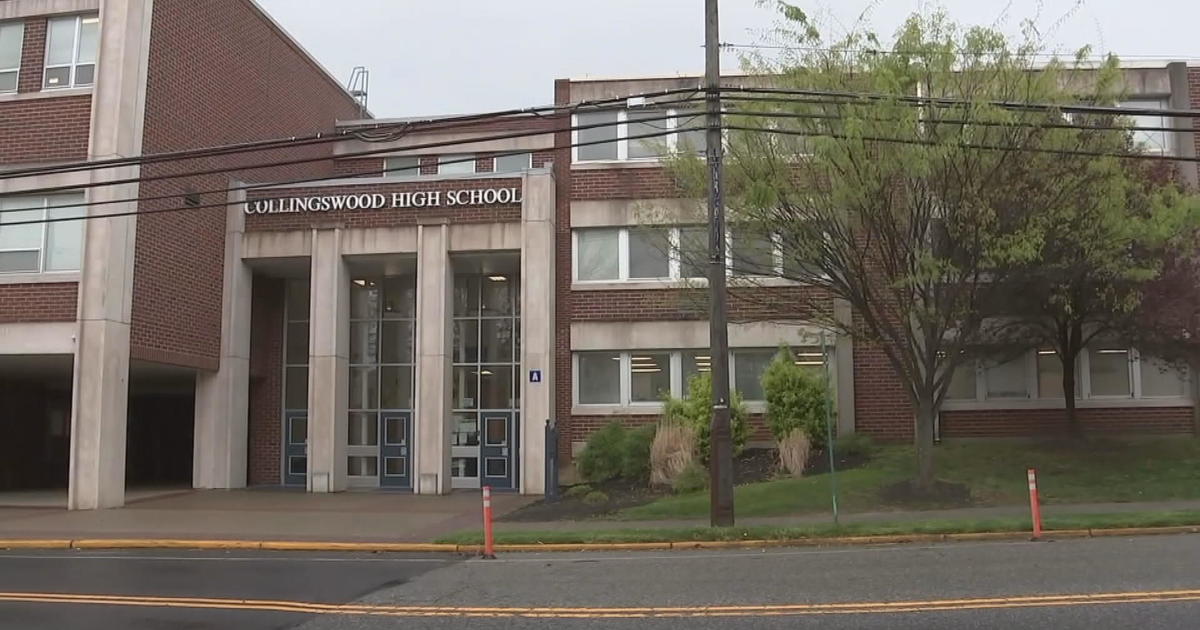Hurricane Sandy: Not Your Average Tropical Cyclone
By Kate Bilo
PHILADELPHIA (CBS) -- As Hurricane Sandy bears down on our area, I wanted to address some questions and possible misunderstandings about this storm. One of them came from my own husband today - he said "we're inland - so we don't have to worry, right? Tropical systems weaken once they hit land".
Generally speaking, they do. But the same mechanism that drove some government forecasters to dub this the "Frankenstorm" (two storms merging into one 'superstorm') means that logic is not necessarily correct. Sandy will weaken some as it come onshore, but this is not the same type of scenario we saw with Irene, a weakening tropical system who brushed our coastline.
First of all, Sandy is still a powerful storm being sustained by warm water and will be re-intensified by the warm waters of the Gulf Stream. But there are other players on the field, here, which need to be considered. The most important is a trough of low pressure moving in from the west. Much of the country has seen a sharp drop in temperature as this powerful low moves through, and on Friday we saw a new shortwave or disturbance enter into the pattern from over the northwest. As this disturbance rounds the bottom of that deep trough, it will basically pick Sandy up and slingshot it to the north and west.
As this is happening, Sandy will be moving into cooler temperatures and undergoing reorganization into a sort of hurricane/nor'easter hybrid. That means that instead of weakening as it moves toward the cooler waters of the northeast and the coastline, the storm will actually be STRENGTHENING, and is expected to make landfall as an intensifying system. That means all bets are off even for inland areas, where hurricane-force winds are possible. Think about a nor'easter that draws energy from the jet stream and "bombs out" offshore, sending bands of heavy snow into the region - the process is similar.
Today the National Hurricane Center stated that it would not be issuing Hurricane/Tropical Storm Watches and Warnings for most of the northeast, and instead allowing the local NWS offices to handle the job. Many feel that this is the wrong move, as it's thought that people will take a "Hurricane Warning" more seriously than a "High Wind Warning". But this move was in response to the fact that Sandy will no longer be a true warm-core tropical system upon landfall, and the warning packages will reflect that. Whether they should have stuck with it for consistency's sake is up for debate.
What's important to stress is that we have NEVER BEFORE seen a track like this - a hurricane interacting with strong jet energy and moving due west, perpendicular to the coast in an extremely densely populated area like the Northeastern United States. Thus, we can't really draw many parallels and we can't say "oh, we've been through this before". All we can do is prepare, stay calm and safe, and hope for the best while we plan for the worst. We'll be with you during the storm with all the latest information.



